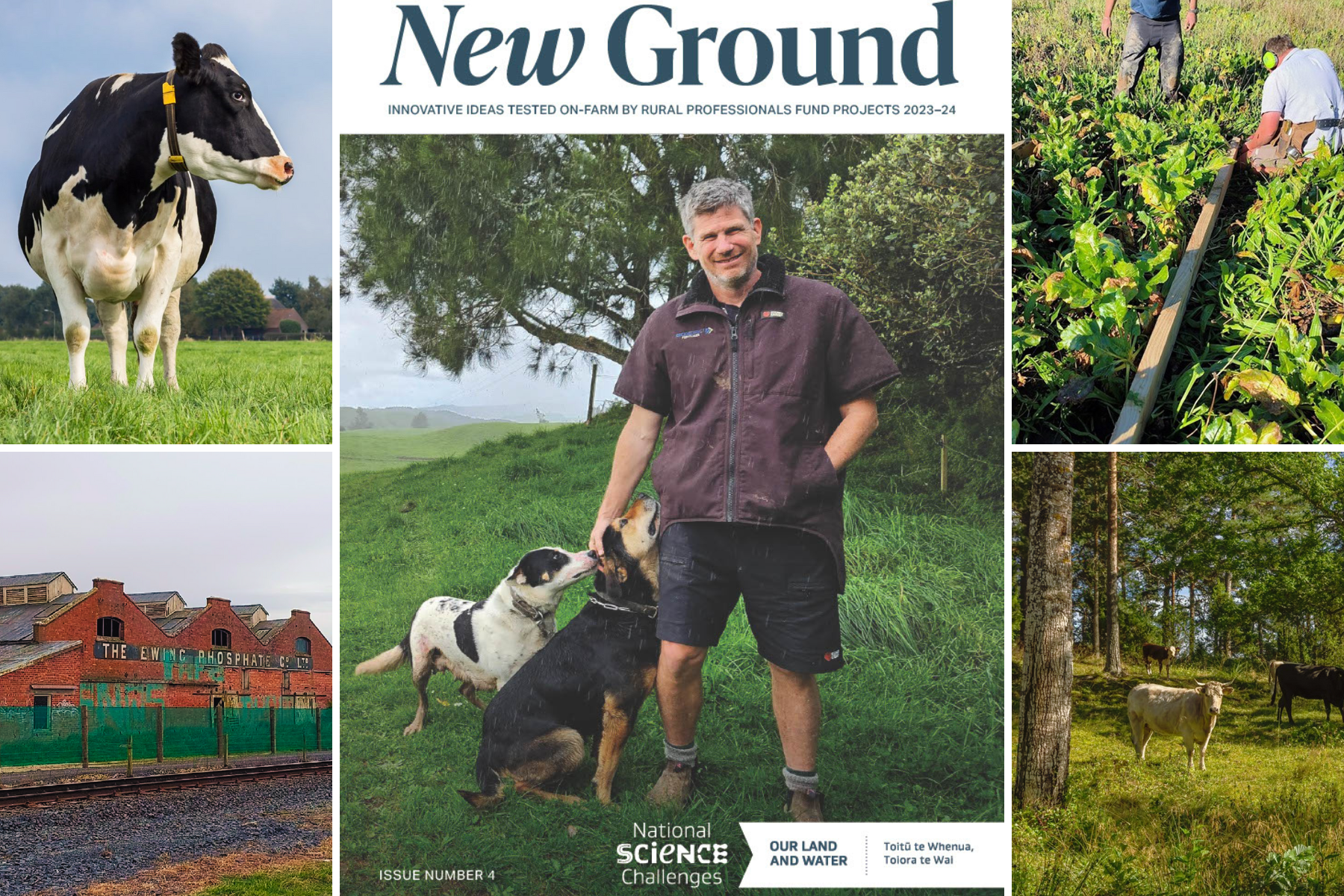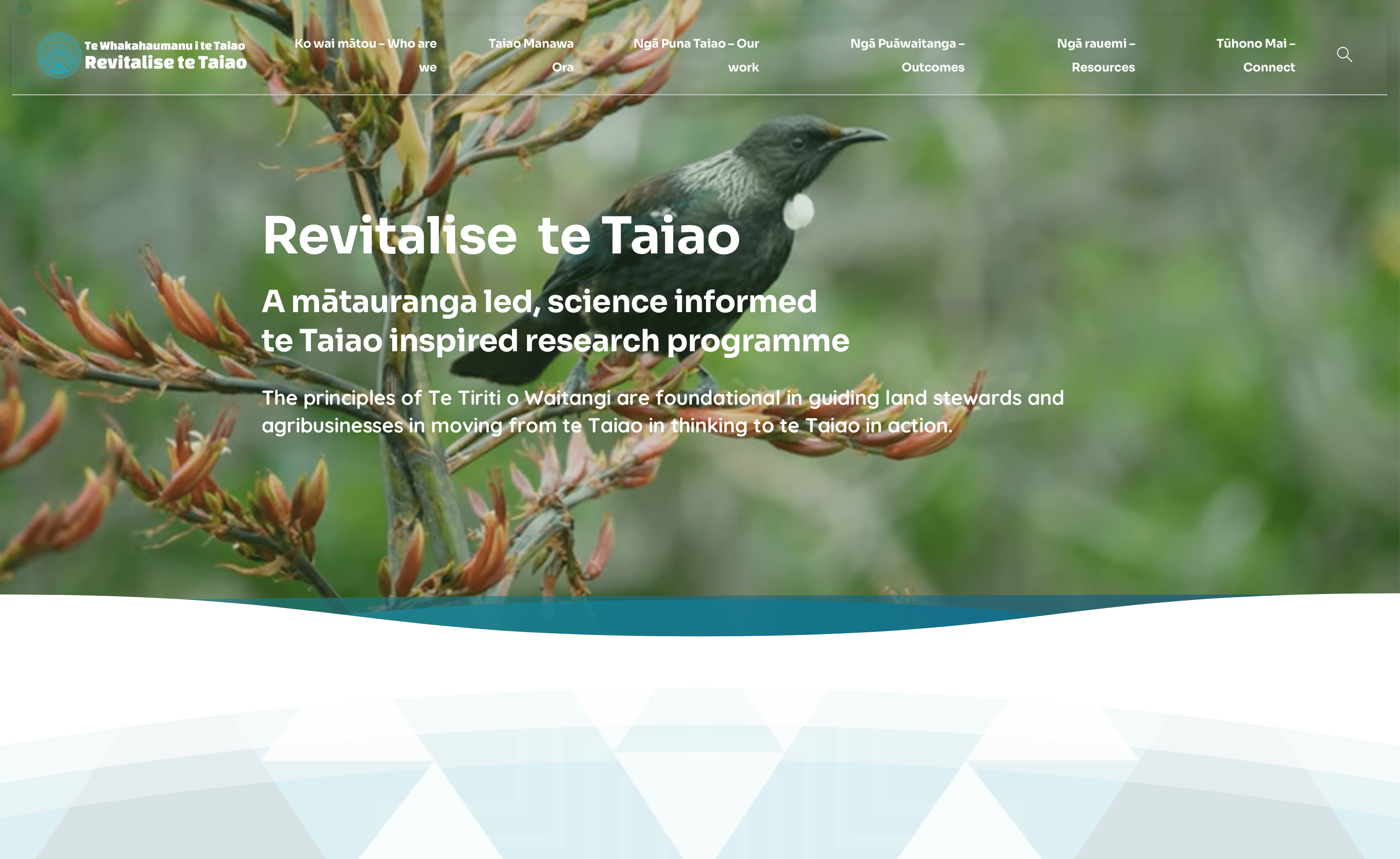Digging into the Promise of Pasture Protein – for Humans
Harvesting pasture to extract protein for human food could be a promising option for farmers looking to diversify and reduce their environmental footprint, finds new research.
Harvesting pasture for protein could be a promising option for farmers looking to diversify their income and reduce their environmental footprint, finds a new report.
Along with needing no new infrastructure or standdown time for a new crop to come online, farmers already have proven expertise in growing good quality pasture up and down the country.
Technology is progressing that can extract protein from pasture, to create a plant protein food ingredient for human consumption. While there is currently limited demand and no commercial processing for pasture protein in New Zealand, both are likely in future.
Will our pastoral farmers be interested in integrating protein harvest into their grazing system in the future? “Not all farmers are innovators, but even so, the farmers we spoke to were open to it and saw it as part of a solution,” says dairy consultant Chris Lewis of agricultural consultants BakerAg.
Lewis with his team from the Pasture for Humans project, funded by the Our Land and Water National Science Challenge, put three dairy farms from the Hawke’s Bay, Canterbury and Southland regions under the spotlight. Using Farmax and Overseer they modelled several scenarios on each farm for an annual rotation of a protein harvest block, and how it might fit into current farming systems.
Overall, the research found the more land set aside for protein harvest, the higher the environmental gains, with lower nitrogen and phosphate losses to water, and reduced greenhouse gas emissions. Setting aside 10–30% of the farm for protein harvest would likely see stocking rates drop 25–40%.
With stock reductions likely to be necessary to meet tightening environmental regulations, diversifying and mixed farming will become more common, says Lewis. “Expansion of horticulture will fit nicely in some parts of New Zealand, and on some soils but not others.”
This may see some areas, such as Southland, more suited to pasture harvesting than others.
What was the effect on profit?
A prerequisite that harvesting pasture for protein in human foods won’t affect farm profitability was a focal point during the study.
Because milk revenue reduces in step with reducing livestock numbers, the payment for harvested protein would have to exceed the lost milk revenue to prove attractive to farmers, says the report.
For farms to retain the same baseline EBIT (earnings before interest and taxes) across the various scenarios tested, protein prices between $3/kg and $6/kg to the farmer would be needed, with all harvesting costs falling on the processor.
Reductions in staffing levels – potentially by up to 20% – also contribute to cost savings, although this raised concerns among the case study farmers over the effect of reduced employment opportunities on family members and the broader rural community. This was especially true for the Māori Trust owners of the Hawkes Bay farm, who wanted to keep current levels of people working and training on the land into the future. Retaining higher staffing levels changed the financial outcomes.
How likely is it that humans will eat pasture-based food?
Meat and dairy foods from animals have the full range of essential amino acids, the building blocks of protein needed for human health. Few plants have the complete set – but these include the pasture species perennial rye grass and alfalfa, along with forage brassica rape.
Plant and Food Research has been working on pasture as a new source of protein for around 10 years. Leaft Foods is also developing technology in Canterbury, having secured funding from offshore investors.
Processed plant protein is usually sold as a water-soluble powder which is mixed with other ingredients for food manufacture or for sports products like high-energy or muscle-building shakes. Market value for protein from whey (dairy) is highest, while pasture protein would be around a mid-range of $4–$8/kg, and the incomplete protein from peas at the lower end.
There is a growing global market for plant proteins, as interest in vegan, vegetarian and flexitarian diets increase. The plant protein market is expected to be worth around $65 billion globally in the next five years.
For New Zealand to break into this market in the next few years, says Lewis, farmers, a processor, and food manufacturers would need to move forward together.
This article was first published by Farmer's Weekly and is republished by agreement.
More information:
Author
 View Our Strategy Document 2019 – 2024
View Our Strategy Document 2019 – 2024




One Comment
Most interesting and right on the mark. While the heading emphasizes pasture for protein the article really introduces the growing of plants for protein. I have said for some time said that the rapid conversion to dairy on a large scale has prompted the massive upgrade of irrigation infrastructure throughout the province and wider afield. It has now enabled the opportunity for diversification. Just find a way to keep structural development away from good agricultural soils – houses and industry. There is plenty of poor soil away from flood plains to accommodate such necessary development. The Rolleston town development promoted by the then Ministry of Works staff was a good start and luckily has continued to develop but Local Councils are doing their best to spread housing and industry over fringe areas. Especially the low-lying rich soils of Lincoln-Halswell-Taitapu areas.